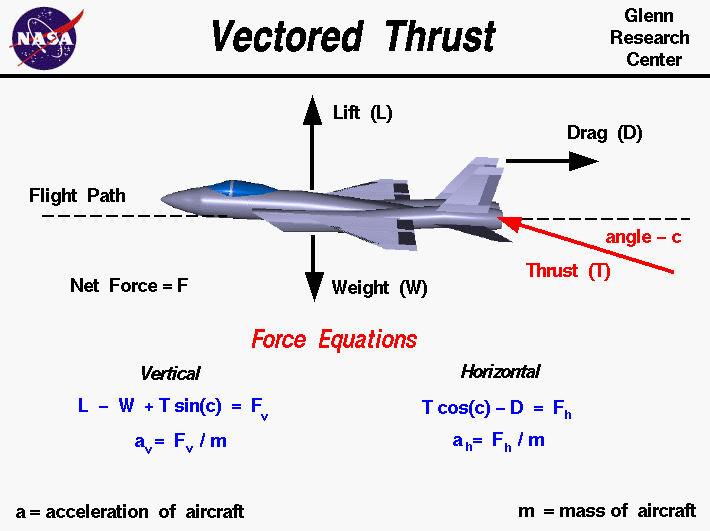resolving forces. forces acting on a plane
Original post by dasda
do not know how to work out resistance of question.@RDKGames
Draw a diagram showing all the forces - then resolve parallel/perpendicular to the plane as it is in equilibrium [constant]
Original post by Muttley79
Draw a diagram showing all the forces - then resolve parallel/perpendicular to the plane as it is in equilibrium [constant]
I'm not sure how to resolve the 6N force
Original post by dasda
I'm not sure how to resolve the 6N force
It's acting vertically so what angle does it make to the upwards plane?
Original post by Muttley79
It's acting vertically so what angle does it make to the upwards plane?
I believe it 50 degrees
Original post by dasda
I believe it 50 degrees
Correct - so resolving it up the plane gives?
Original post by Muttley79
Correct - so resolving it up the plane gives?
not sure.
Original post by dasda
not sure.
Have you covered resolving? I'm not going to do it for you ...
Original post by Muttley79
Have you covered resolving? I'm not going to do it for you ...
I have covered resolving vertical and horizontal components
Original post by dasda
I have covered resolving vertical and horizontal components
I am unsure if I should use 6cos50 or 6sin50. I think the equation should be something like 3sin40-6sin50=f. is this correct?
Original post by dasda
I am unsure if I should use 6cos50 or 6sin50. I think the equation should be something like 3sin40-6sin50=f. is this correct?
Personally I'd set it out slightly differently
Resolving parallel to the plane 3gsin 40 + F = 6 cos 50 [It's cos 50 or sin 40 here - some students remember it as it's cos of the angle you go across]
Don;t forget the 'g' to turn 3kg into Newtons
Original post by Muttley79
Personally I'd set it out slightly differently
Resolving parallel to the plane 3gsin 40 + F = 6 cos 50 [It's cos 50 or sin 40 here - some students remember it as it's cos of the angle you go across]
Don;t forget the 'g' to turn 3kg into Newtons
Resolving parallel to the plane 3gsin 40 + F = 6 cos 50 [It's cos 50 or sin 40 here - some students remember it as it's cos of the angle you go across]
Don;t forget the 'g' to turn 3kg into Newtons
Sorry. I don't understand how you got 6cos 50 or 6sin 40.
Original post by dasda
Sorry. I don't understand how you got 6cos 50 or 6sin 40.
You told me the angle the 6M force made with the upwards plane was 50 so if we want the component in that direction we are going 'across' 50 so it is cos 50.
Original post by Muttley79
You told me the angle the 6M force made with the upwards plane was 50 so if we want the component in that direction we are going 'across' 50 so it is cos 50.
so the 6cos50 is going in the same direction as F. Is this right. It is the side going along the 50 degree angle.
Original post by dasda
so the 6cos50 is going in the same direction as F. Is this right. It is the side going along the 50 degree angle.
Friction opposes the motion so acts down the plane
Original post by Muttley79
Friction opposes the motion so acts down the plane
is this right
Original post by dasda
is this right
Not sure what you are doing here ... the force is vertical so the triangle is wrongly orientated. Draw a proper force diagram of the problem.
@dasda, Have a look at the image below, from here:
https://www.grc.nasa.gov/www/k-12/airplane/vecthrst.html

In this picture, the red arrow denoting thrust, the dashed horizontal line which in the image is called the flight path and a vertical line joining the two (not shown in the diagram) form a right angle triangle. You can use this triangle to carry out the decomposition of the thrust vector into vertical and horizontal components. Note that the red arrow here is the hypotenuse of the right angle triangle. The angle c is the angle between the red arrow (hypotenuse) and the dashed horizontal line.
You can use the same idea to decompose other forces about the aircraft, about different frames of reference.
The resultant force vector is obtained by the vector summation of Fh and Fv. Its magnitude is determined by Pythagoras theorem.
https://www.grc.nasa.gov/www/k-12/airplane/vecthrst.html

In this picture, the red arrow denoting thrust, the dashed horizontal line which in the image is called the flight path and a vertical line joining the two (not shown in the diagram) form a right angle triangle. You can use this triangle to carry out the decomposition of the thrust vector into vertical and horizontal components. Note that the red arrow here is the hypotenuse of the right angle triangle. The angle c is the angle between the red arrow (hypotenuse) and the dashed horizontal line.
You can use the same idea to decompose other forces about the aircraft, about different frames of reference.
The resultant force vector is obtained by the vector summation of Fh and Fv. Its magnitude is determined by Pythagoras theorem.
(edited 4 years ago)
Quick Reply
Related discussions
- A-Level Mechanics Help
- Maths - mechanics
- Friction Question Help
- A Level Mechanics
- Urgent Resultant force maths question plsss help!!
- m1 june 2002 paper
- Force Diagram (A2 Edexcel)
- Tips for drawing components of forces in A-level Maths mechanics
- mechanics 1 math
- Resolving Forces
- A level maths mechanics moments and forces question
- Help mechanics
- Maths Mechanics
- Resultant Forces A Level Mechanics Help
- Vectors with mechanics question
- Forces a levels
- Physics question circular motion
- Help with A level maths questions
- Further Mechanics 1 Question
- Understanding physics #1




